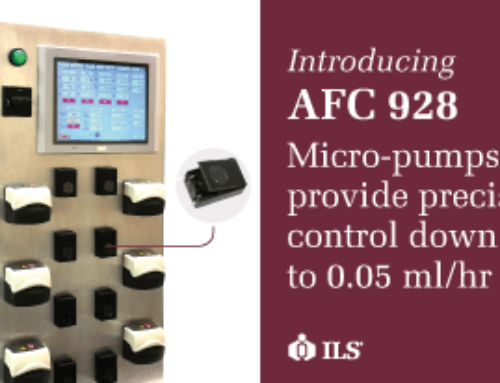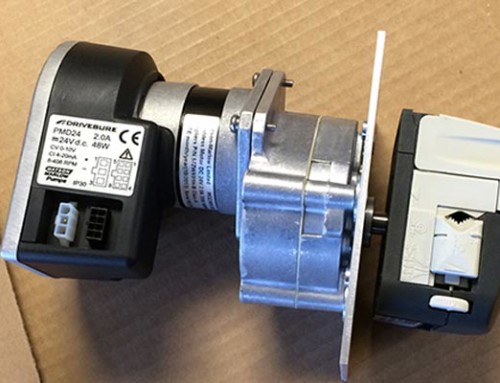
Are you considering reading optical dissolved oxygen as an alternative to the traditional polarographic methods?
The benefits of Optical DO seem to make the decision easy, but Optical DO isn’t right for every type of media. Some media are too harsh for the optical DO sensor and render them useless after only a few runs.
Before committing to an optical dissolved oxygen probe, users are advised to run an evaluation over several batches. However, for cell culture applications, the answer is most often “yes,” Optical DO is the right choice for you.
Today, both Mettler-Toledo and Hamilton offer a suite of optical probes. Both companies’ products support digital Modbus RS-485 communication interfaces. The probes still support 4-20 mA and nA outputs so that they can integrate with legacy controllers, but RS-485 is really the modern IIoT (Industrial Internet of Things) approach.
The ILS AFC line of bioreactor controllers support a direct RS-485 Modbus interface in a single connector cable. These new optical probes require 24-volts for power, so if you are integrating with legacy equipment, expect to need a separate power supply.
Weighing the Pros & Cons of an Optical Dissolved Oxygen Probe
PROS
- Lower maintenance cost over the life of the probe
- No electrolyte needed, just a replacement cap
- The probe provides a measured health value between 0 to 100% indicating cap quality.
- No membrane to break
- More consistent readings for longer processes
- Cell culture or perfusion users benefit from the low drift of the probe over very long batches.
- Digital RS-485 Modbus interface provides a wealth of interface options including temperature, cap health, and measurement in different units.
CONS
- Upfront cost is higher (but pays for itself quickly with lower maintenance/support costs)
- Oxygen bubbles from spargers, especially micro-spargers, can cause errant DO spikes. The manufacturers are continually improving their products, but older models sometimes had concave caps where a bubble could get stuck.
- Probes require a 24-volt power supply
ILS controllers directly support interfaces to both Mettler-Toledo and Hamilton Optical DO technology. For more information refer to:
- Hamilton’s Visiferm DO page
- Mettler-Toledo’s InPro 6860i Optical Oxygen Sensor page
- ISM Digital Probes Offer More, Better Data At Attractive Prices
Dealing With Bioreactor Control Systems That Are No Longer Supported
When NBS Eppendorf and B. Braun Sartorius stopped supporting your systems, you started scanning the used market for boards and parts to keep your equipment up and running. ILS has a better solution. One that lets you keep your existing glass & stainless vessels and replace the controller with an open, adaptable system for a fraction of the cost of a new system […] Read more >






